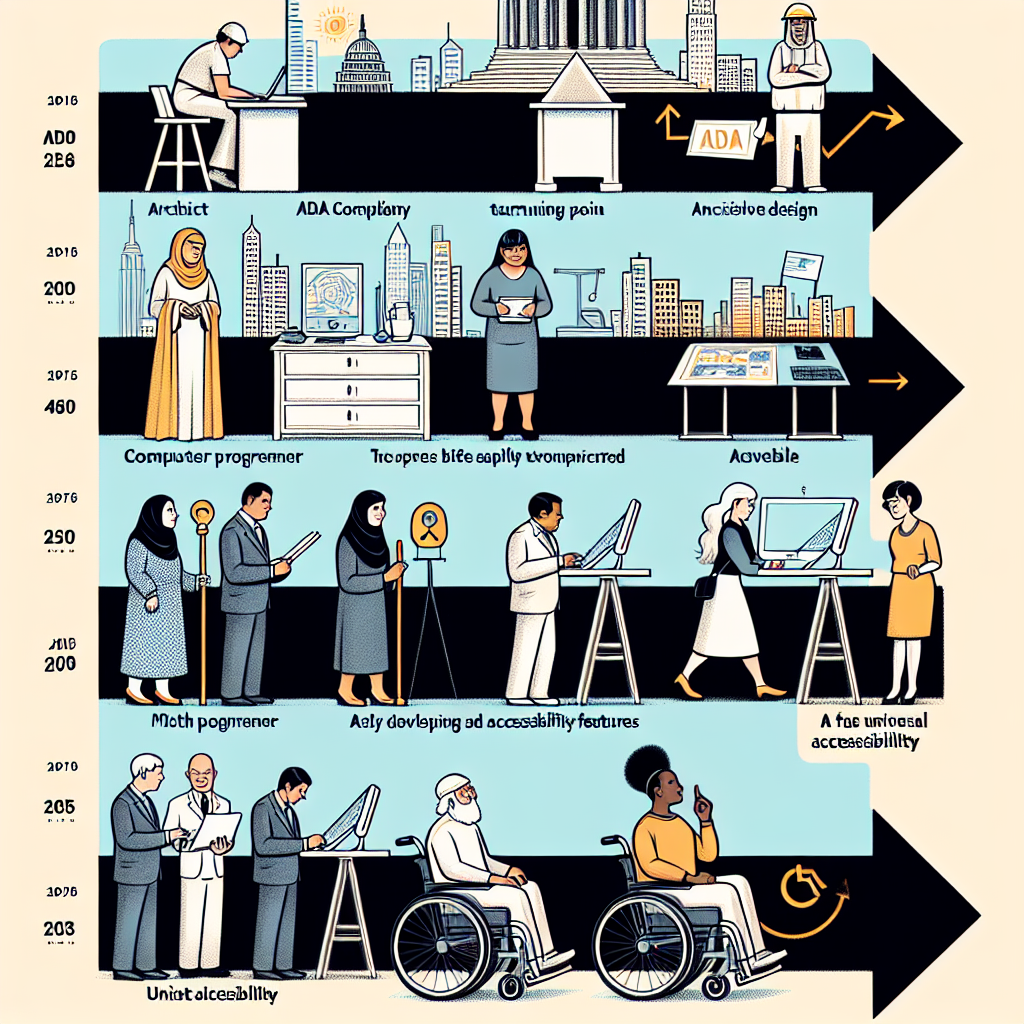Accessibility standards have come a long way since the implementation of the Americans with Disabilities Act (ADA) in 1990. While ADA compliance was a step in the right direction towards creating more inclusive spaces, the evolution of inclusive design has taken it even further with universal design principles.
Universal design principles focus on creating products, environments, and technology that can be used by people of all abilities. This means considering the needs of individuals with disabilities from the beginning of the design process, rather than retrofitting accommodations after the fact.
Technology has played a significant role in advancing universal accessibility. From screen readers for individuals with visual impairments to voice recognition software for those with mobility limitations, there are now countless tools available to help make technology accessible to all abilities.
One key aspect of universal design is creating products and environments that are not only accessible but also intuitive and user-friendly for everyone. This means designing websites, apps, and physical spaces in a way that makes them easy to navigate and use for individuals with disabilities as well as those without.
As we continue to advance in technology, it’s important to keep accessibility at the forefront of our minds. By following universal design principles and incorporating accessibility standards into our work, we can create a more inclusive world where technology is truly for all abilities.

Leave a Reply